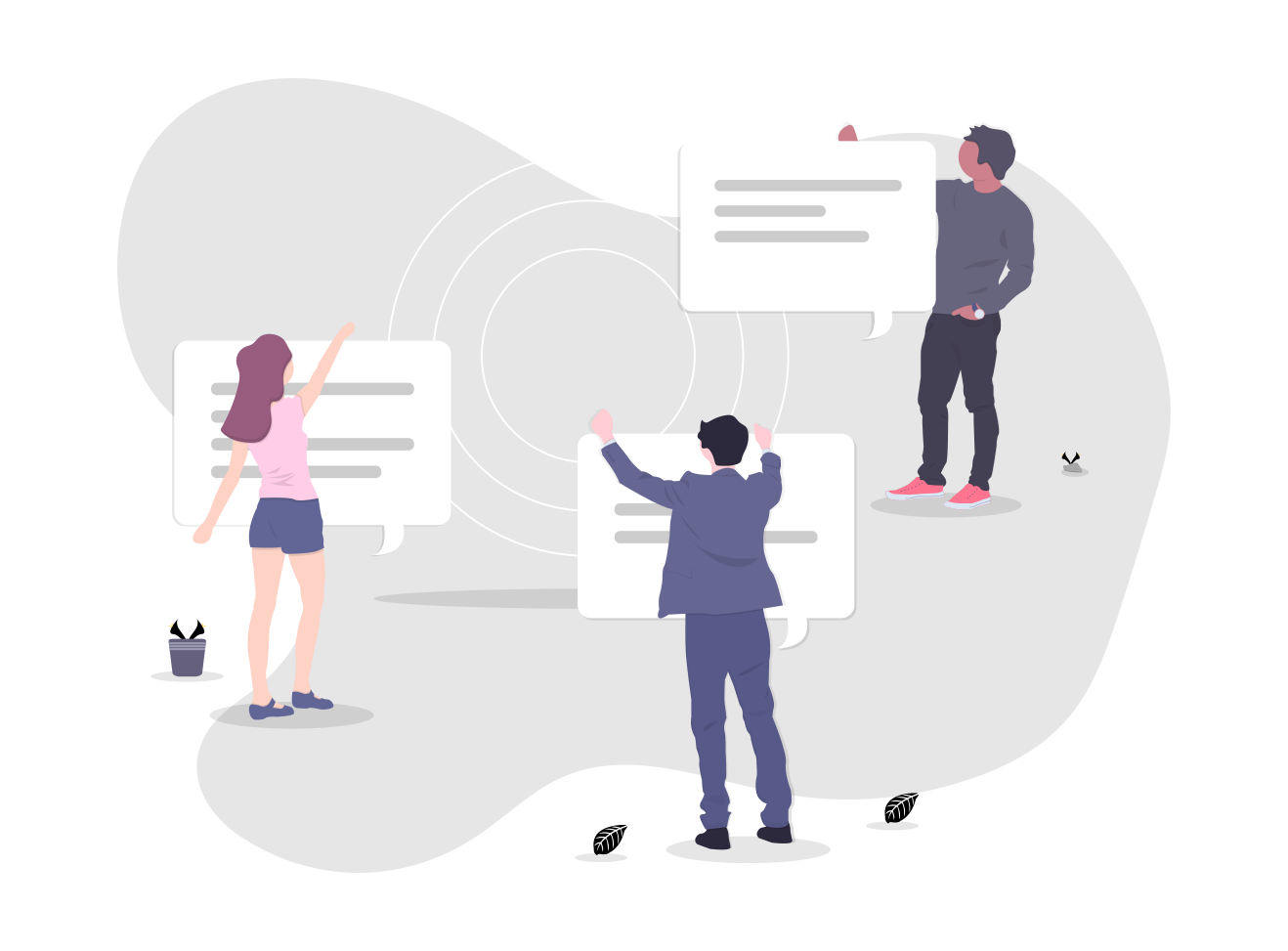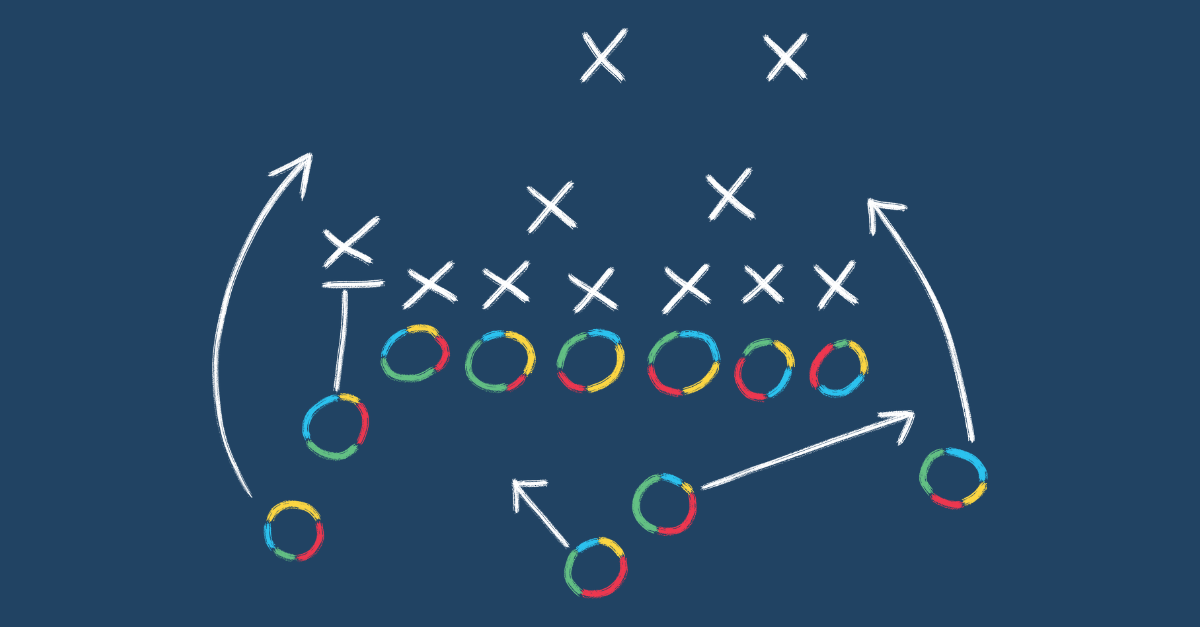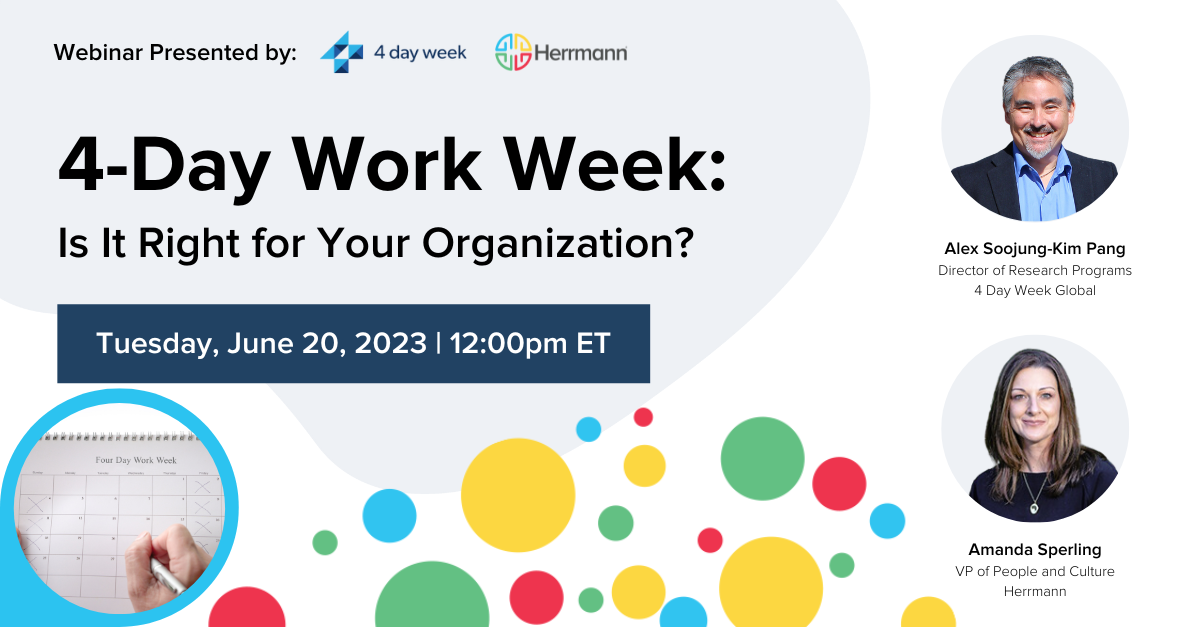This is a guest post from Tiffany R. Frasier, Co-Founder and Change Strategist of Peopabilities, LLC.
Chances are that you have been exposed to the term “culture fit” at some point in your career. Perhaps you were a job seeker evaluating a potential opportunity. Perhaps you were looking to elevate your career within your current organization. Maybe you have the essential responsibility of curating an organization’s culture by acquiring, nurturing, and developing its talent. Whatever your role, the concept of culture fit has played a significant part in your career journey whether you realize it or not. So herein lies the vitally important question: Should companies attract and retain talent to “fit” the culture or seek individuals to enhance it?
What is Culture Fit?
At its most fundamental premise, culture fit is a concept defined as having an employee’s beliefs and behaviors align with the core values and company philosophy of his or her employer. But culture fit is so much bigger than the definition it is often given.
Culture fit encompasses all the policies, systems, and (un)spoken norms of an organization.
Think about what happens at your workplace every day, both pre- COVID and how your organization operates currently.
- What are your company’s meeting rhythms?
- What are your company’s engagement patterns? Are you email centric or more face-to-face (now Zoom-to-Zoom) communicators?
- Does your organization thrive on internal competition (fitness challenges, work-related contests, etc.)?
These types of engagement styles, some fluid and some inflexible, shape and contribute to an organization’s cultural identity by establishing its norms. However, if not cultivated with intentionality, these cultural norms often produce what I refer to as the Chamber of Reverb.
At first glance, it appears amazing. Relationships are seamless. Work flows effortlessly. Every person echoes every other person in the organization in every way. Although it may appear to be harmonious, it is a discordant environment built on shaky ground.
Culture Fit and DEIB (Diversity, Equity, Inclusion and Belonging)
Let’s be candid. We live in a world where race, sexual orientation, physical abilities, and so many other factors matter more than they should. There would be no need to address diversity, equity, inclusion or belonging in the workplace if companies were organically designed to embrace all identities. We would not need laws to enforce equal employment practices, protect against and prosecute discrimination if companies truly hired on merit.
Unfortunately, that is not our reality, but we can change that.
Identifying and acknowledging inequities can be a difficult because it requires a look inward at how our biases drive our decisions, challenging our foundational belief systems and forcing us to unlearn so much of what we have been taught.
Change requires an incredible amount of work, an unwavering commitment to equity, and leaders who empower and enable others to actively work towards achieving authentic diversity, equity, inclusion and belonging at all levels in the workplace.
Culture Fit and The Chamber of Reverb
Now, the Chamber of Reverb that I introduced earlier – the utopia where people are first, work is flawless, and the environment is idyllic.
Sign up to our newsletter for the latest insights
It’s all a lie.
Everything is not perfect. It is a company built on groupthink. The chamber is an analogous cocoon that becomes impenetrable for diversity of thought, which results in a workforce that not only lacks diverse people but lacks diversity in almost everything.
The guise of culture fit has given many organizations acceptable ways to circumvent diversity, whether deliberately or inadvertently. We all want to work with people we like, those with whom we are comfortable and have minimal conflict. That is human nature and there is nothing wrong with that – or is there? The problems surface when everyone looks, acts, thinks, approaches challenges, etc. in the same manner.
Here are some areas where lack of diversity and the absence of healthy conflict limit organizations:
1. Agreement and “like” are not the same.
Just because a person agrees with you does not mean they like you, and conversely, a person who disagrees with you does not necessarily dislike you.
Agreement often hinders growth because it promotes comfortability and reinforces the status quo. Comfortability and status quo are the main drivers of the Chamber of Reverb. Organizations, and the individuals within them, must embrace being uncomfortable for true consensus building and innovation to emerge.
Change occurs from discomfort and innovation is born out of disruption.
2. Meaningful conflict is vital for growth.
Conflict has been given a bad name. It is simply a disparity between people with varying opinions or beliefs. So, why is conflict routinely viewed as negative?
Meaningful conflict can occur within an organization when it fosters an environment where differences of opinion are encouraged and healthy, constructive discussions about those differences are the expected standard. Transparency and candor are regularly touted as traits highly valued within organizations, but are they really?
Think about that time where one of your teammates or leaders offered a viewpoint that did not align with popular opinion. How were they received? If the feedback was not welcomed, did they lend their voice to other initiatives or causes? Were they unfairly labeled and developed a reputation for being aggressive or disruptive?
Companies must engage in meaningful conflict to leverage the full extent of their collective expertise.
Frequently, the absence of conflict in an organization is directly correlated to its lack of diversity, including diversity of thought.
Abraham Maslow contended that “you will either step forward into growth, or you will step backward into safety.”
The world is changing; safety is synonymous with extinction.
3. There is no space to employ Whole Brain Thinking.
An organization that operates in the Chamber of Reverb will never achieve its full potential. Ironically, by prioritizing culture fit, an organization actively opts out of leveraging its complete continuum of thinking.
Failing to adopt a Whole Brain Thinking model that acknowledges and holds space to apply the four thinking styles – Instinctive, Intellectual, Intuitive and Rational – stifles employees’ creativity and ultimately hinders the organization’s ability to innovate, complete, and evolve.
Culture Fit or Culture Enhancer?
Business is on the cusp of a paradigm shift that begins and ends with culture. Some companies are in alignment with this shift while others are not.
The norms, rules, and customs that we have been conditioned to accept are being dismantled at an unparalleled pace. We are in a space where the needs of people are starting to dictate the actions of business – and it is long overdue.
Equity and belonging are being infused into people strategies in a real way, which is transforming the way organizations develop and evolve.
New approaches to leadership, strategic thinking and organizational design necessitate reconstructing company culture.
It is a new day and hiring solely for “culture fit” is just simply no longer good enough. For companies to advance and empower change, culture enhancement must be integrated into an organization’s strategic people plan, and that people plan must align with and empower the overall business strategy.
How does an organization prioritize culture enhancement over culture fit? It is a mindset shift. When evaluating talent either to join or advance within your organization, ask yourselves the following:
- Does this candidate/current employee offer a way of thinking that uncovers a deficit within our current culture?
- Does this candidate/current employee possess a skillset that we need, but do not have currently?
- Is this candidate/current employee a change catalyst?
- What differences does this candidate/current employee have that we can celebrate?
- How does this candidate/current employee challenge us to be better individually and collectively?
- How will we give this candidate/current employee the space to bring his/her whole self to the role and the organization?
- If we would not have considered this candidate/current employee in the past, what is prompting us to do it now?
- Do we have the diversity that we need at all levels to empower change? If not, then how do we ensure that we do?
Introspection. Commitment. Change Enablement. Empowerment. Hard Work. These are the steps to take us from the outdated reality of culture fit to the essential standard of culture enhancement.
Tiffany is co-founder of Peopabilities, LLC, an Atlanta-based boutique people strategy and change management consultancy that partners with organizations to design people and culture strategies that enable companies to exceed their organizational goals.
👉⚠️And join Tiffany and Herrmann VP of People and Talent Kimberly Sullivan for a LIVE, interactive conversation about this topic and other HR practices that need review. Register for our LeaderShifts series NOW (starting August 11, 2020)!












